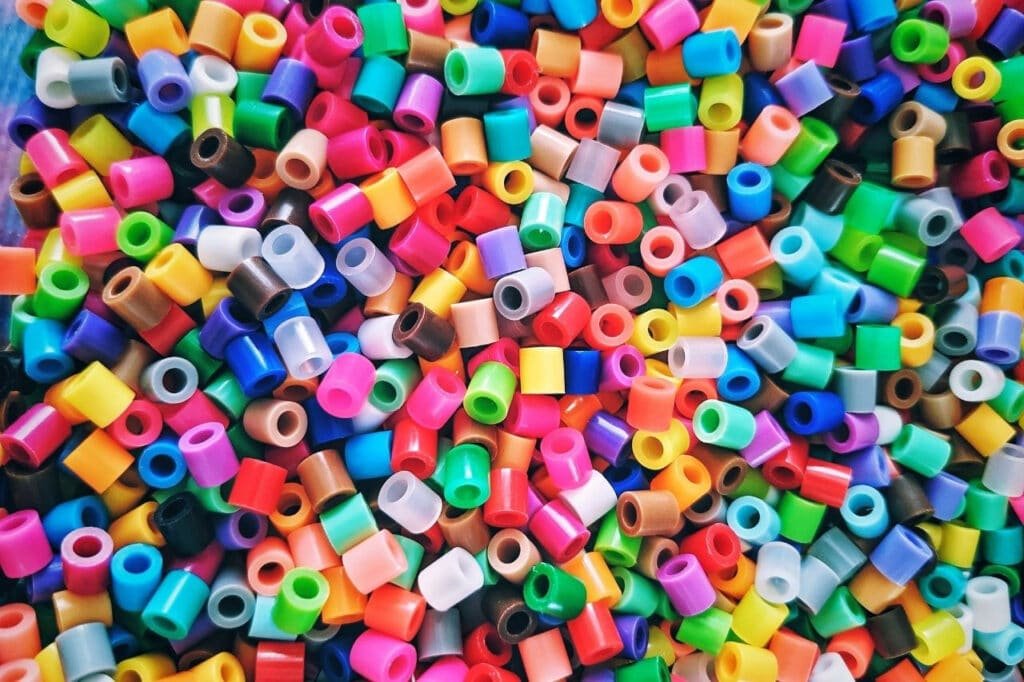Plastic mold materials have different requirements from cold stamping dies in that their working conditions often necessitate operation at temperatures ranging between 150 and 200 degrees Celsius, in addition to being subjected to pressure effects and temperature effects. Based on these usage conditions and processing methods of plastic molding molds, steel used for this application has basic performance requirements which are generally summarized here:

1. High Machinability
Most plastic molding molds require additional cutting and fitter repairs in addition to EMD processing. To maximize service life for cutting tools, improve cutting performance, and decrease surface roughness while extending their service lives accordingly, an appropriate hardness must be chosen in plastic mold steel.
2. Good Thermal Stability
Plastic injection mold parts can often be complex and challenging to process after quenching, so selecting materials with high thermal stability should be prioritized when selecting materials for these parts. After heat treatment, mold forming process has a small coefficient of linear expansion with minimal deformation caused by temperature differences as well as minimal rate of dimensional change caused by temperature differences; additionally metallographic structure and mold size remain stable while processing can be reduced or avoided altogether to achieve the necessary dimensional accuracy and surface roughness requirements of mold parts.

3, Good Polishing Performance
Producing high-quality injection molded products requires small roughness values on the mold cavity surface. For instance, Ra0.1-0.25 roughness values should be observed, with optical surfaces needing Ra0.01nm roughness values. In order to meet this standard and polish away its surface roughness values further, steel materials selected must contain few impurities, fine and uniform structures without fiber directionality, no pitting or orange peel defects upon polishing and polishing must occur at least twice before they should be polished before it should reduce surface roughness values to Ra0.10-0.25 roughness values are reached on its surfaces during polishing steps.
4,Sufficient Surface Hardness and Wear Resistance
Plastic molds typically fall within the range of 50-60HRC in terms of their hardness; those that have undergone heat treatment must possess adequate surface hardness for rigidity purposes. Due to the high compressive stress caused by filling and flowing plastic through it, maintaining stability in shape and size accuracy for longer service life is also required. Furthermore, wear resistance depends on chemical composition as well as heat treatment hardness of steel so increasing their hardness may also benefit this aspect of molds’ performance.

5, 50 grade carbon steel has certain strength and wear resistance
After quenching and tempering treatment, it is mostly used as a mold material. High carbon tool steel and low-alloy tool steel have high strength and wear resistance after heat treatment, and are often used for forming parts. However, high carbon tool steel is only suitable for manufacturing small-sized and simple shaped molded parts due to its large heat treatment deformation.
With the growth of the plastics industry comes rising demands for complexity and precision of plastic products, prompting rising demands on injection mold materials. Pre hardened steel (such as PMS or PMC) or corrosion-resistant steels such as PCR are excellent choices to produce complex yet precise and corrosion resistant molds; alternatively 18Ni-250 martensitic aging steel may also provide good cutting, heat treatment and polishing properties as well as high strength.
As part of selecting materials, it’s also essential to keep scratches and bonding in mind when selecting materials. If there is relative motion between surfaces, try selecting materials with differing organizational structures if possible – in certain instances plating or nitriding one side can give each side unique surface structures.
